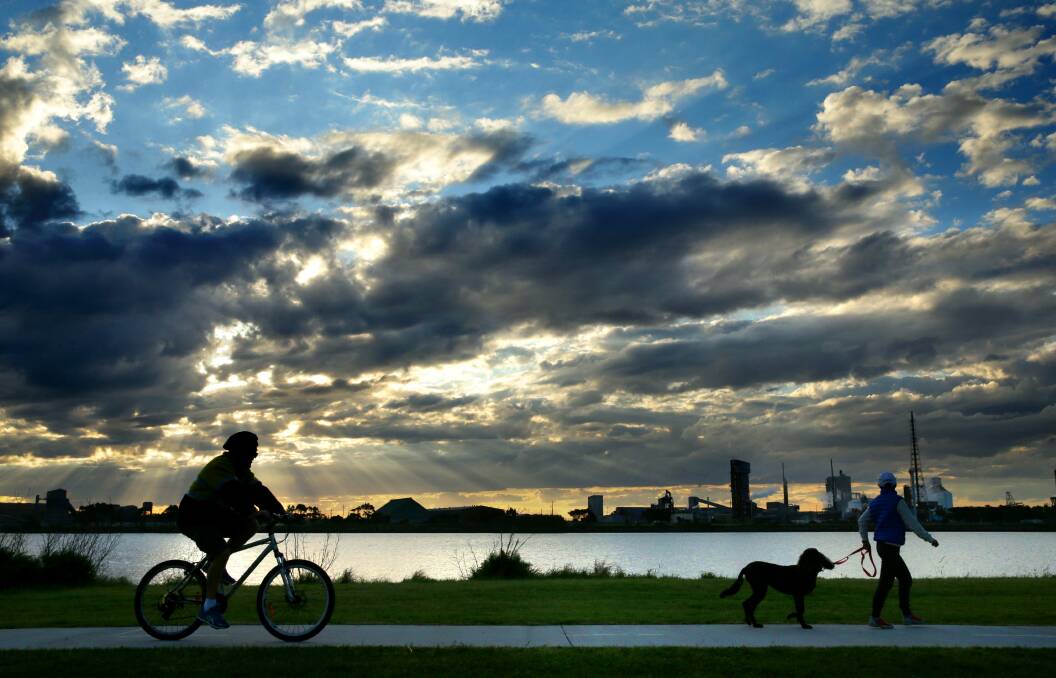Chemical giant Orica has been ordered to invest tens of millions of dollars on new technology that will further reduce air pollution from its Kooragang Island plant.
Subscribe now for unlimited access.
$0/
(min cost $0)
or signup to continue reading

A 2014 Lower Hunter air particle characterisation study found that ammonium nitrate emissions from the plant contributed up to 40 per cent of fine particle air pollution in Stockton.
A significant proportion of the emissions came from the 50-year-old prill tower.
READ MORE:
The finding came as little surprise to Stockton residents who had been complaining about the impact of fine particle pollution since the late 1990s.
Despite efforts in recent years to drive down emissions, the company and the NSW Environment Protection Authority agreed at a meeting this month that “fibre-bed scrubbing” technology was the most suitable method reduce tower emissions.
“This is a complex project, however when complete, emissions from the prill tower are expected to decrease significantly,” an EPA spokeswoman said.
It was hoped fibre-bed scrubbing would capture more than 99 per cent of all particles, including PM2.5 and larger.
“The precise reduction that will be achieved through pollution controls on the prill tower is yet to be determined but is expected to be significant,” she said.
Work is presently underway to investigate how to retrofit emission reduction technology onto the tower.
“We expect this work to be completed by the end of 2019 and will work with the EPA to track progress against this timeline,” an Orica spokeswoman said.
Stockton resident Keith Craig said he was concerned about the length of time taken to complete the project.
“It looks like we are still a year and a half away from before anything actually changes,” he said.
READ MORE:


